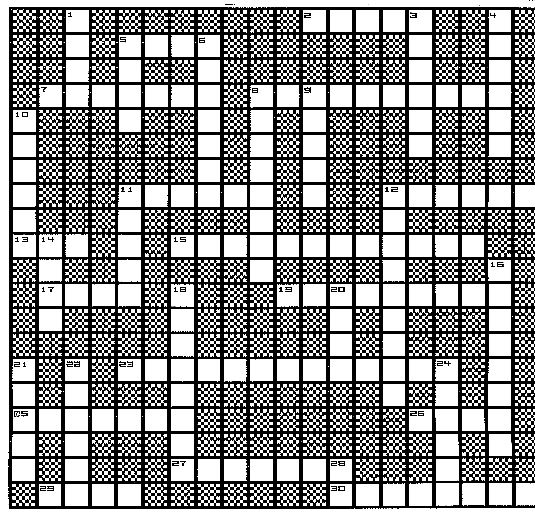-
2. An igneous rock rich in the elements magnesium and iron (also called
"ferromagnesian").
-
5. A narrow, igneous intrusion that characteristically cuts across bedding
planes and older rocks.
-
7. Classification for a volcano that has erupted during the past, but has
not been recently active.
-
8. Generalized class of the ultramafic igneous rocks typical of the earth's
mantle.
-
11. The layer or zone of the lithosphere between the crust and the outer
core.
-
12. The most common type of volcanic rock.
-
13. Fine and micro-fine volcanic particulates.
-
15. Generalized term for aerially ejected volcanic debris.
-
17. Magma which reaches the earth's surface, thereby losing volatile (gas)
components.
-
19. Lense-shaped igneous intrusion that commonly penetrates between bedding
planes of older rock.
-
23. A very hot cloud of incandescent volcanic ash that often moves down
slope at great speed (2 words).
-
25. A relatively stationary plume of hot mantle rock that produces volcanic
chains such as Hawaii.
-
26. Generalized term for a volcanic conduit located at the earth's surface.
-
27. The collapsed crater of an extinct volcano.
-
29. The driving force for volcanism is the flow of the earth's internal
- - - -.
-
30. A volcanic rock produced by the mixture of felsic and mafic rocks at
a convergent plate boundary.
|
-
1. A zone inside the earth showing a change in the speed of seismic waves,
due to change in rock types.
-
3. A bowl-shaped topographic depression; may be an erosional remnant of
an extinct volcano.
-
4. Typical shape of a basalt volcano, produced by the relatively fluid
lava.
-
5. Typical shape of volcanoes of felsic or andesitic composition.
-
6. A volcano that is unlikely to erupt again, evidenced by erosion of its
structure.
-
8. Braided, rope-shaped lava characteristic of basalt volcanoes (a Hawaiian
word).
-
9. The type of volcanic feature produced by undersea volcanism at divergent
plate boundaries.
-
10. The abundance of this mineral in lava usually produces violent, explosive
volcanic eruptions.
-
11. Molten rock that originates from the earth's mantle, rising upwards
due to lower density.
-
12. A very large body of igneous rock located deep underground (sometimes
called a pluton).
-
14. A type of igneous intrusion that cuts horizontally through older rock.
-
16. Felsic volcanic rock that has the same general mineral content as a
granite.
-
18. Description of a steam explosion of a a volcanic cone, caused by seawater
mixing with lava.
-
20. The shape of a volcano composed largely of cinders.
-
21. A flow or avalanche of boiling mud, caused by the melting of snow by
the eruption of hot volcanic ash.
-
22. Classification of any volcano that has erupted within the human historical
record.
-
24. A volatile gas such as hydrogen sulfide is easily detected because
it _ _ _ _ _ _ .
-
28. Blocky, jagged, clinkery lava (Hawaiian word).
|

